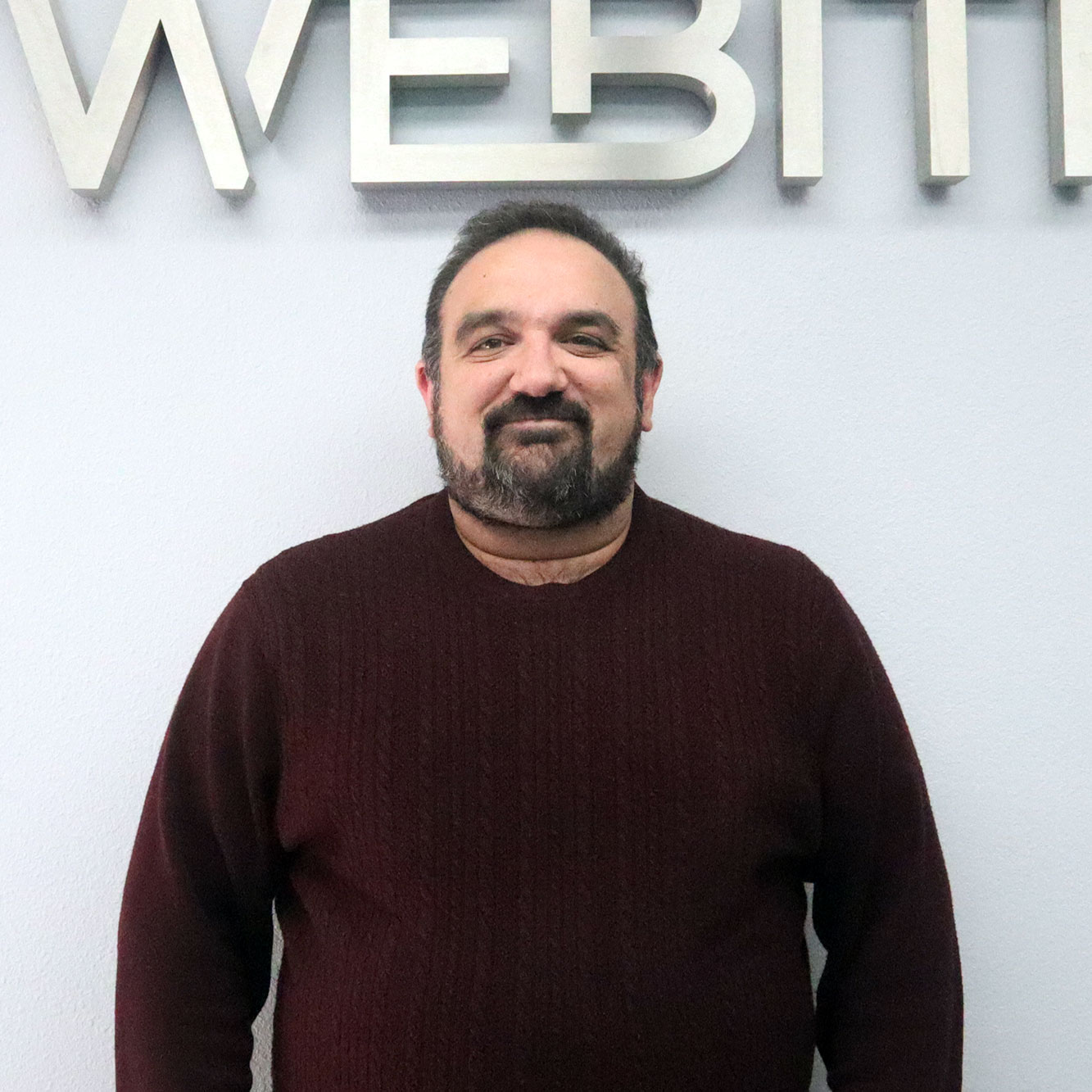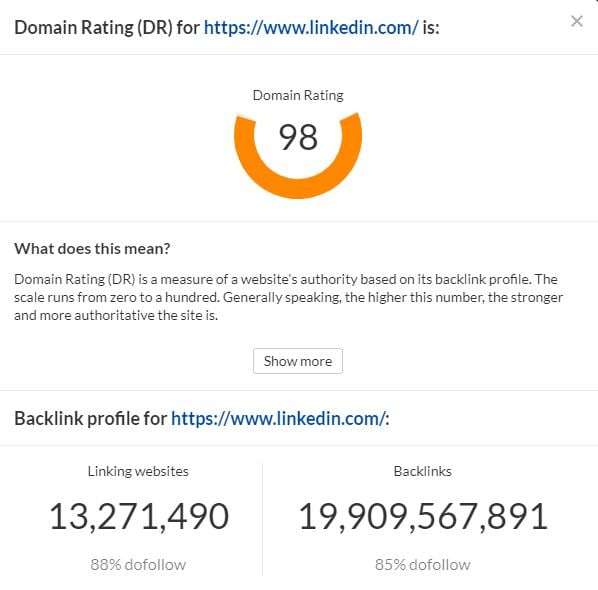Why should you even care about LinkedIn SEO? It’s a social media site, right? It doesn’t affect your search rankings…right?
I can see why you would think that, but it’s not entirely correct.
LinkedIn is a dynamic resource that Google indexes and crawls frequently. So optimizing your personal LinkedIn profile as well as your organization’s page can send the right signals to Google; thus enhancing your overall rankings. How many times did it happen that you did a query on Google, and one of the first results was a business profile or an article posted on LinkedIn?
With 600 million people using it, LinkedIn’s nature is search. That’s why the platform has its own internal search engine. So just like Google or any other search engine, LinkedIn will choose among the best-optimized profiles to position in the first results.
How Does The LinkedIn Search Engine Work?
Although it follows the same principle as any other search engine (meaning deliver the most accurate result for a query), LinkedIn’s has certain particularities to keep in mind. On their own website, they say that ‘unlike standard search engines, we generate relevance uniquely for each member”. So the results will depend on each user’s profile, activity, and connections.
On that same page, LinkedIn recommends “to avoid overfilling your profile with keywords and only include the keywords that best reflect your expertise and experience” (AKA keyword stuffing). They also mention that relevance is a proprietary algorithm that they’re “constantly improving”. That relevance is determined not only by the quality and originality of your content. In LinkedIn, they observe:
- Searcher’s activity within the platform
- The type of profiles returned after each query
- Similar searches by other users.
- Users search history
How To Get SEO Results Within LinkedIn
The first thing to consider when optimizing yourLinkedIn for SEO is that the platform has an incredibly high domain authority. Just look at these results on Ahrefs:
We mentioned that Google indexes and crawls LinkedIn regularly. Google has high regard on LinkedIn for a very simple reason: the platform receives fresh, original content on a daily basis, shared organically by thousands of real users. That’s why it’s very usual that LinkedIn delivers user’s profiles and blog posts as search results. So having your LinkedIn profile information complete and in detail is the ground zero of optimizing your LinkedIn profile for SEO.
Using Keywords Properly for LinkedIn SEO
You should use relevant keywords on your profile, as long as they sound natural. If you decide to do this, you can implement them in:
- Your job title and responsibilities
- Your profile’s headline
- About
- Your page’s public URL
- Your profile’s photo and banner image
- Your blog posts and web site’s pages to share on LinkedIn
One detail to keep in mind about keywords: Google features approximately the first 160 characters in its search results. So if you plan on adding keywords, do it at the beginning of your profile. That way, you’re making it easier for algorithms, and ultimately the readers, to find you. Keep also in mind that those 160 characters vary depending on the word length.
Frequent Content Share – Posts & Articles
This may sound obvious but yes, just like any other social media platform LinkedIn requires you to post content frequently. That way, Google can find new information when it crawls it. Aside from the content you already create for your website, you can also use LinkedIn articles to repurpose your blog posts.
There’s a big difference between LinkedIn posts and Linkedin articles. Posts are limited to 1,300 characters, while articles on LinkedIn can be up to 125,000 characters in length. Articles are also good to raise your visibility, as they appear right next to your activity on your profile.
You should use both articles and posts: with one, you get extra exposure; with the other, you get backlinks.
Network
One bad thing about having a website is that you need to wait until people find you. But with LinkedIn, you can go after the people! Of course, this needs to be done in an acceptable, non-spammy way. But the very nature of LinkedIn is to network and connect with fellow professionals and companies. LinkedIn’s search algorithm is based on that premise. You can even notice that the first results for a query on LinkedIn are from your 1st, 2nd, or even 3rd level connections. The same applies to your network’s contacts, who might get your profile and/or business page in their results.
Analyze Data
LinkedIn provides useful analytic reports that show how many profile views you received, your search appearances, post views, new followers, and other data you can seize in your LinkedIn SEO. You can also track conversions and incorporate data from Google Analytics to determine how many of your site’s visitors are coming from your Linkedin Profile or business page.
Optimizing for People First
As you probably saw in this article, many of the basic premises of search engine optimization apply to LinkedIn SEO. The technical side is important, but the human side is more. If you don’t follow the tips provided in this article with a ‘people first’ mindset, your efforts will very likely fail. Long gone are the times in which SEO was all about shortcuts or even worse, trying to ‘cheat the system’. That applies to Google as well as LinkedIn, and the internet in general.
If you need advice on how to find the balance between the technical and the human side of digital marketing, we can help you. Our Brand Story Workshop provides a clear, actionable strategy for your brand positioning and content messaging. The Brand Story is the backbone of WEBITMD’s Growth Stack, a full-funnel digital marketing and sales solution that generates measurable, concrete growth. Learn more about it by downloading our free guide here:






.jpg)



.jpg)





![5 Reports to Elevate Your HubSpot Sales Dashboard [+ Examples]](https://blog.webitmd.com/hs-fs/hubfs/Imported_Blog_Media/6-winning-examples-of-a-hubspot-sales-dashboard-2.png?width=767&name=6-winning-examples-of-a-hubspot-sales-dashboard-2.png)